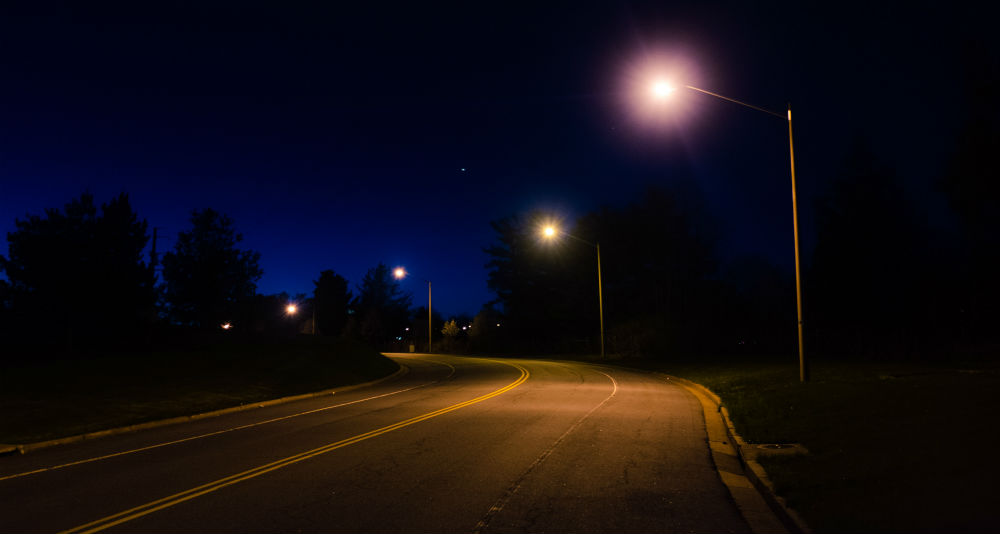When traveling by road, the objective of drivers is to find the most convenient time. It doesn’t just free them from traffic but as well as the volume of people. Most drivers prefer hitting the road during the night when the lanes are spacious with the absence of traffic. It cuts down the travel time making it more manageable as compared to driving during the busy hours of the day. The convenience it provides comes with a price, body condition.
As a driver, your body and mind should be well-conditioned before hitting the roads. This includes getting enough sleep, having a decent meal, and staying hydrated. The body condition of the driver is just as important as the body condition of the car. Regardless of the health hazards driving at night is associated with, most people prefer driving with ease and convenience. Read through this article and know more about how night drives affect your body’s condition.

Compromised visibility
The eyes adjust to the light provided by the environment. They have a night vision feature where they are able to see even in an environment with low lighting. This ability depreciates as you age. For example, people aged 50 requires light twice as much compared to younger people. What’s more, long drives make your eyes feel tired that judging distances and speed is a lot more challenging than driving during the day. Even with your full-lights on, your ability to see is very limited. After sundown, adaptation to bright lights and glare of oncoming vehicles make your eyes more sensitive.
If you have vision problems, it is highly suggested to slow down even if the road is free from vehicles. Reducing your speed will give your eyes time to adjust for the head lights of vehicles coming your way. Over-speeding is not suggested especially in roads lacking in street lights. To promote road safety, there are a lot of roads illuminated with Obluesmart solar street lights. With the direct lighting it provides, road casualties are alleviated. Moreover, drivers on the wheel are driving with ease and convenience.
Feeling restless
The human body is programmed to rest at night. Even if you had a long rest prior to your long drive, there is a high probability that you will still feel restless. According to the National Sleep Foundation, drowsy driving is as bad as drunk driving.
On average, 37% of night drivers have fallen asleep while on the road and 4% caused vehicular collision. Night driving is risky especially when the travel distance is long. You don’t want to compromise time and speed with the safety of your passengers and other road users.
Shortened patience
Seeing how free the road is from people and vehicles, speeding up would be the best idea to reduce the travel time. The tiredness the driver is feeling would just make him want to reach their destination as soon as possible.
Even with the absence of traffic, you should take extra precaution at night due to the environmental conditions. Speeding up does not just compromise your safety but as well as the safety of other road users. Lengthy trips make drivers get irritated easily with simple traffic situations. This is also caused by feeling restless.
Take short breaks in between the long trip to freshen up and use the comfort room to ease the tension. Long drives can be stressful, especially at night. But as much as possible, prolong your patience just like driving on a road filled with vehicles. This will condition you to drive at a moderate speed with less tension on the road.
Diverted attention
Most drivers prefer listening to music or talking to a passenger while driving at night. These activities make them feel more alive than drowsy. Little did they know, their attention is divided into the activities they are doing while driving.
For example, when talking to a passenger, eye contact is necessary. It would be awkward talking to someone without eye contact and hand gestures. Talking is fine as long as your main focus is on the wheel. Besides, night driving is being 100% cautious about your surroundings.
Conclusion
Long night drives are inevitable in spite of the difficulties in driving in low-light. Seeing the roads free from traffic is the dream of every driver. As much as you consider the convenience, make sure you don’t compromise your safety and the safety of other road users.
